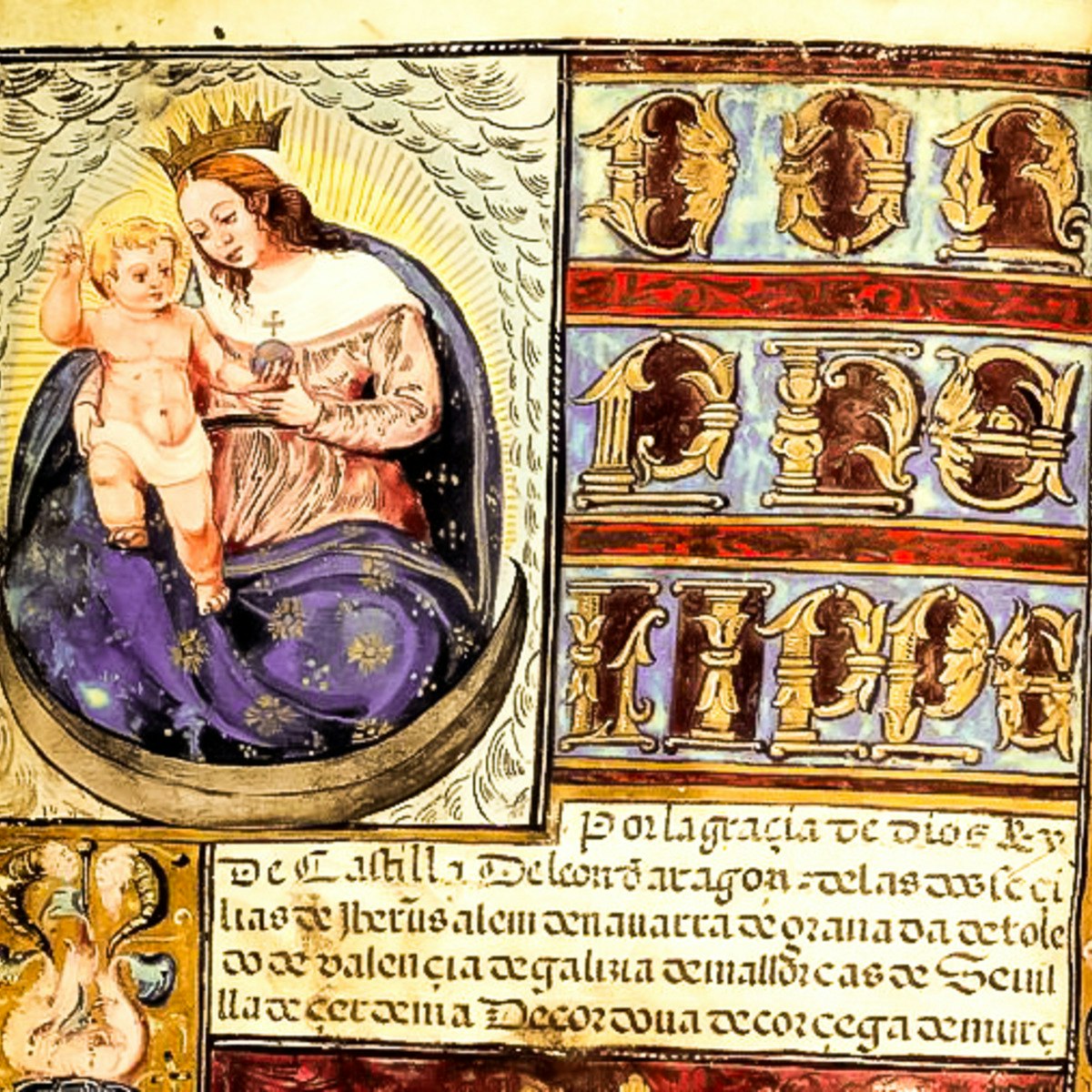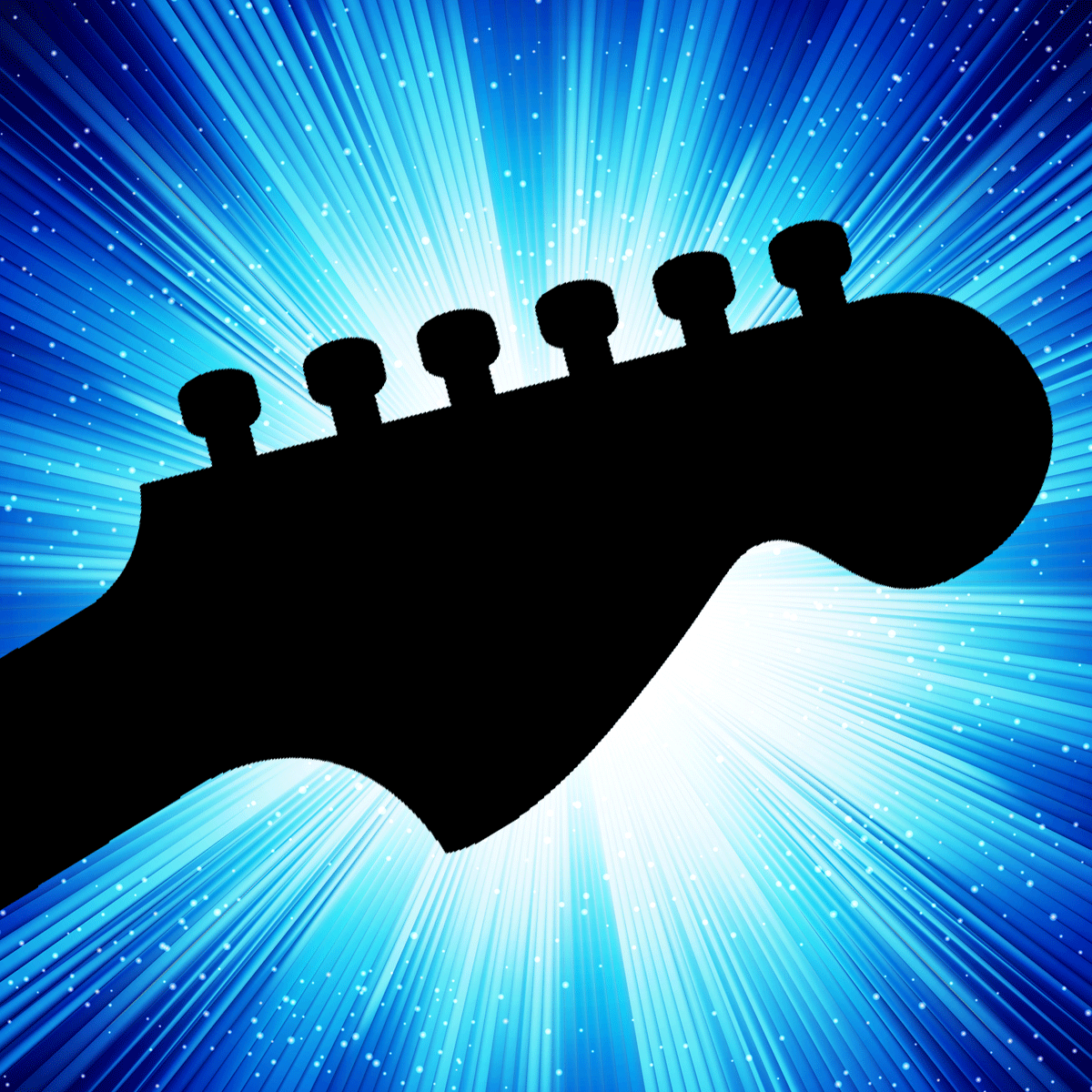Back to Courses









Arts And Humanities Courses - Page 37
Showing results 361-370 of 464

SketchUp: how to start modelling simple 3D objects
By the end of this project, you will learn how to use Sketch Up for web to model simple 3D objects
3D modeling is largely used in the design fields, to represent interiors, products, games.
In 3D computer graphics, 3D modeling is meant as the process of developing a mathematical representation of any surface of an object in three dimensions via modeling software. The product of this process is called a 3D model. This model can also be displayed as a two-dimensional image through a process called 3D rendering or used in computer simulations. Nowadays thanks to the use of 3D printers modelers are able to physically create the 3D model.
SketchUp for Web is a free version of SketchUp that runs in a web browser. It shows a simple interface where anyone can simply draw and create 3D models. This makes 3D modeling accessible and easy to use to anyone interested in exploring this field.
This guided project is for students, graphic designers, illustrators, or artists who want to explore SketchUp for Web as a free tool to try 3D modeling.
Anyone interested in exploring 3D modeling.

Indigenous Canada
Indigenous Canada is a 12-lesson Massive Open Online Course (MOOC) from the Faculty of Native Studies that explores the different histories and contemporary perspectives of Indigenous peoples living in Canada. From an Indigenous perspective, this course explores complex experiences Indigenous peoples face today from a historical and critical perspective highlighting national and local Indigenous-settler relations. Topics for the 12 lessons include the fur trade and other exchange relationships, land claims and environmental impacts, legal systems and rights, political conflicts and alliances, Indigenous political activism, and contemporary Indigenous life, art and its expressions.

ART of the MOOC: Activism and Social Movements
This course is for activists, artists, and thinkers who wish to better understand and participate in social change. We will focus on the prolific and exciting overlap between socially engaged art and cultural practices generated by recent social movements around the world. Rather than assess the political efficacy of activities like mourning, listening, organizing, dancing, or partying, the lectures examine such cultural activities next to, and within, contemporary art practice.
Included in the course are guest presentations by key artists, activists, and scholars, like: Rebecca Gomperts, Chido Govera, Gulf Labor, Hans Haacke, Sharon Hayes, Jolene Rickard, Gregory Sholette, Joshua Wong, and many more. Designed by artist and Duke professor, Pedro Lasch and co-taught by Creative Time artistic director, Nato Thompson, the course challenges learners to treat the MOOC itself as a social and artistic form. This happens mostly through the practical components, local project productions, global exchanges, and critical feedback.
While no prior art making or activist experience is required, projects also offer challenging options for advanced learners.
For other course offerings or language versions in this series, just search 'ART of the MOOC' inside the Coursera course catalogue.

Deciphering Secrets: The Illuminated Manuscripts of Medieval Europe
Perhaps no other relic of the European Middle Ages captures our imagination more than illuminated medieval manuscripts, or those documents decorated with images and colored pigments. Serving as windows unto a lost world of kings, ladies, faith, war, and culture, they communicate complex visual and textual narratives of Europe’s collective cultural heritage and patrimony. In this fashion, illuminated manuscripts are dynamic messages from our communal past that are still relevant today in fields like graphic design and typography.
In this seven-week course, students will explore the material creation, content, and historical context of illuminated medieval European manuscripts. Students will acquire an introductory knowledge of their distinguishing characteristics, their cataloguing and periodization (when they were created), the methods utilized to produce them, and their historical context and value.
Student achievement will be assessed using not only traditional multiple-choice quizzes, but more importantly will be evaluated based on individual student projects. In their final projects students will either (1) produce a board of commented images about medieval manuscripts or (2) prepare a physical manuscript using medieval methods. The best of these peer-evaluated projects will be posted on the Deciphering Secrets website, which is our collective citizen scholarship web presence that encourages and supports our global citizen scholars appreciation and contributions to transcription of medieval manuscripts.
Finally, we wish to highlight that this course is an exciting international collaboration between the University of Colorado (USA) and Universidad Complutense Madrid (Spain).

Music's Big Bang: The Genesis of Rock 'n' Roll
Explores the factors — musical and cultural — that led to the birth of American rock 'n' roll music in the early 1950s. Covers in detail the genres, styles and people that converged to create this new music.

Trustworthy AI for Healthcare Management
This MOOC gives an introduction to trustworthy artificial intelligence and its application in healthcare. This includes modules on basics of artificial intelligence and an introduction to trustworthy and ethical applications of artificial intelligence. A dedicated lesson will present the Z-Inspection® process for assessing trustworthy AI, and real-world case studies will illustrate how to apply the knowledge.
The course is aimed at healthcare professionals, patients, and AI practitioners. It does not require previous knowledge on AI.
Participants will learn:
- How AI systems work and learn
- What tasks can be solved by AI
- Common challenges for AI in healthcare
- Fundamentals of Trustworthy AI
- How to assess Trustworthy AI
- How Trustworthy AI assessments look in practice
This course was developed by Goethe University Frankfurt as part of the research project 'Pan-European Response to the Impacts of the COVID-19 and future Pandemics and Epidemics' (PERISCOPE). Funded by the European Commission Research Funding programme Horizon 2020 under the Grant Agreement number 101016233, PERISCOPE investigates the broad socio-economic and behavioural impacts of the COVID-19 pandemic, to make Europe more resilient and prepared for future large-scale risks.
PERISCOPE website: https://www.periscopeproject.eu/

Age of Cathedrals
An introduction to some of the most astonishing architectural monuments the world has ever known—Gothic cathedrals. We shall study the art, literature, intellectual life, economics, and new social arrangements that arose in the shadow of the cathedrals and that were such an important part of the revival of cities in the twelfth and thirteenth centuries. The goal of the course is a better appreciation of the High Middle Ages, a world that is still recognizably our own.

How to Combine Multiple Images in Adobe Photoshop
By the end of this project, you’ll be able to combine multiple images into one, using Adobe Photoshop. Inside Photoshop, you can quickly import, move, and create customized composite images.
During this project, you’ll get used to navigating some important Photoshop tools and practice importing images. Then you’ll use layers, masks, and blend modes to turn multiple images into a single new composite. Once you’re finished creating your composite, you’ll learn how to export your work in one piece or automatically turn layers into separate files.
By the end of the project, you’ll be able to produce eye-catching composites in minutes.

Mind of the Universe: Science in Progress
From William Harvey discovering the circulation of blood to Albert Einstein developing the theory of relativity: almost all scientific research starts from something odd and unexpected that hasn't been explained yet, and, subsequently, the scientist creatively imagining possible explanations for it, formulating hypotheses.
However, the problem with formulating hypotheses is the "theory-ladenness of observation": ones expectations and background theories curtail and determine what one observes. The best way to reduce the negative consequences of theory-ladenness of observation as much as possible, is not by adopting the highest methodological standards, but by continuing to think outside the box throughout the problem solving process, by tirelessly, creatively imagining alternative explanations and hypotheses.
In this learning experience you will be turned upside down by philosopher Tim de Mey, who will challenge you to think outside of your comfort zone. You will be challenged to reflect critically and creatively on what triggers your research, i.e., what is driving the scientist in you. Tim will show you how openness to and interaction with other disciplines generates new ideas, and how important it is that scientists, besides the possibilities of their own discipline, are also aware of its (and there) limitations. Take this challenge and you will construct the perfect out-of-the-box research question that will tease the Mind of the Universe scientists to explore even better answers in their research.
This online learning experience is a spin-off of The Mind of the Universe documentary series created by the Dutch broadcasting company VPRO and professor Robbert Dijkgraaf, Princeton University. A number of universities in the Netherlands have used the open source material of the documentary series as a starting point to create similar experiences.

Seeing Through Photographs
Taking, sharing, and viewing photographs has become second nature for many of us. Given our near-constant engagement with images this course will help you dig into the meaning of pictures and reconsider photography’s role in our visual culture. This course aims to address the gap between seeing and truly understanding photographs by introducing a diversity of ideas, approaches, and technologies that inform their making.
In this course you will look closely at 100 photographs from the collection of The Museum of Modern Art, going behind the scenes of the Museum and into artist studios through original films and audio interviews. You will hear a variety of perspectives on the ways photography has been used throughout its 180-year history: as a means of artistic expression, a tool for science and exploration, an instrument of documentation, a way to tell stories and record histories, and a mode of communication and critique. Short texts and readings from MoMA publications provide enhanced context for the works in the course.
By enrolling in this course, you’ll join a community of international learners in discussion forums, receive invitations to live and virtual events from our lead instructor Sarah Meister, and gain exclusive access to MoMA resources.
UPDATE:
We’ve been listening to your feedback! In September 2020, we launched new content in Seeing Through Photographs, including audio interviews with additional contemporary artists from around the world, videos of Sarah introducing key ideas, and almost doubling the number of photographs from the collection. We’ve also added opportunities for you to share and receive feedback on your photographs in the discussion forums.
Popular Internships and Jobs by Categories
Find Jobs & Internships
Browse
© 2024 BoostGrad | All rights reserved